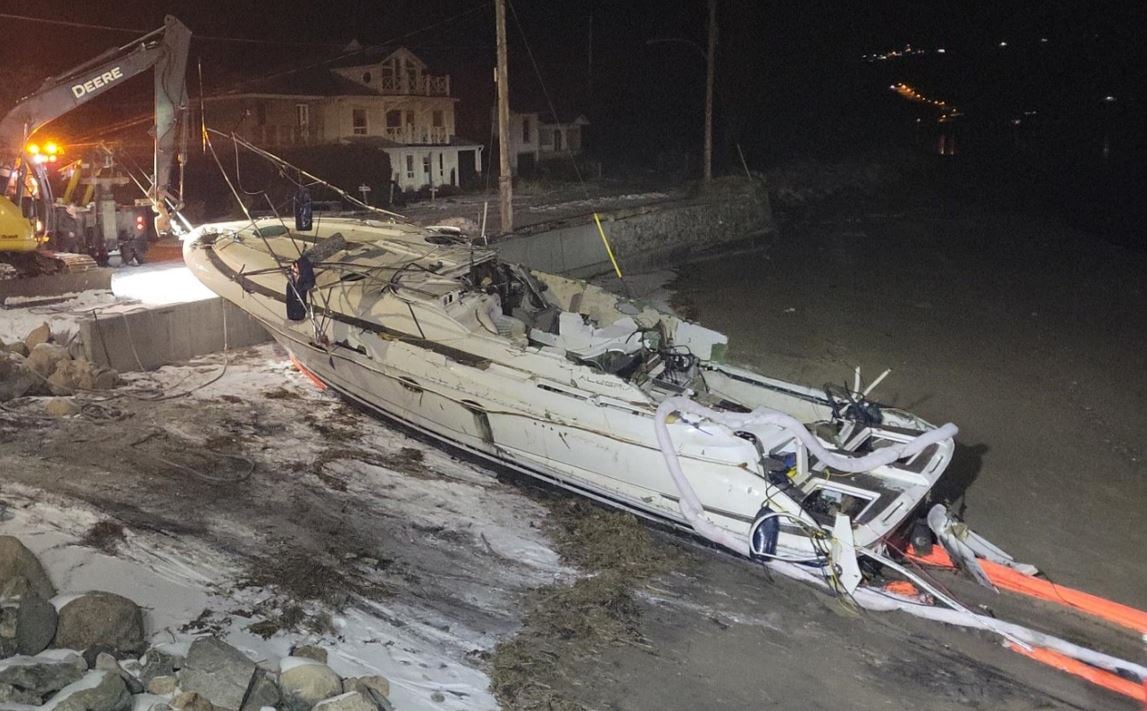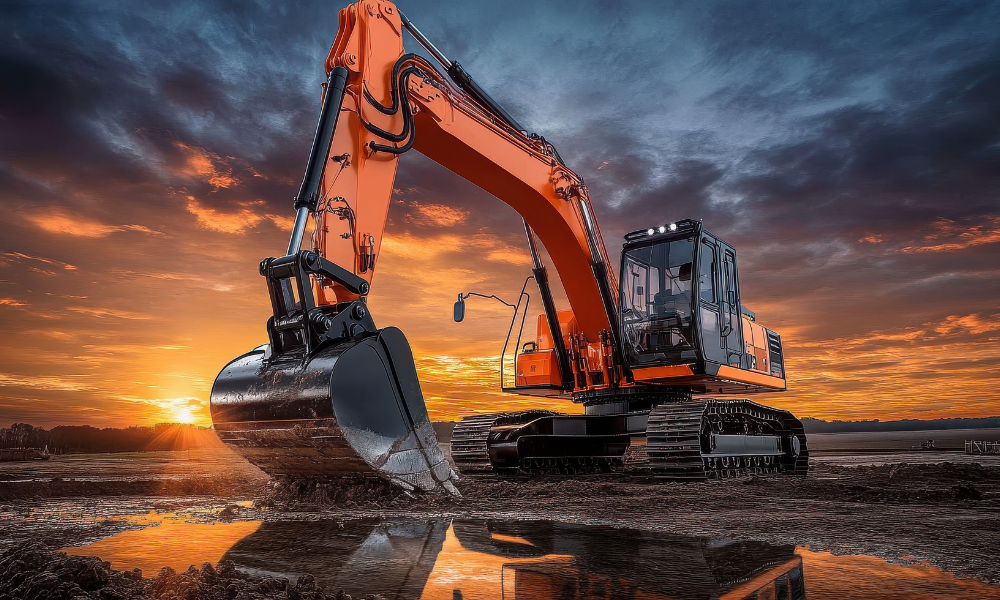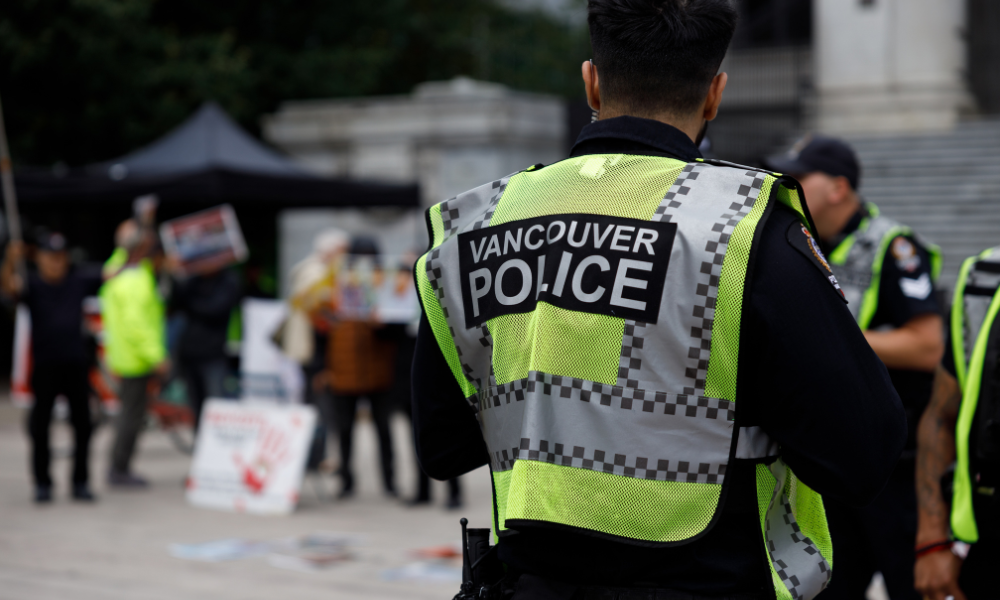How to manage psychological health and safety in a post-pandemic workplace
Since the pandemic, workplace safety has become top of mind. And while OHS was always a priority for HR, it seemingly took COVID to push it to the forefront for the C-suite. Speaking to COS, Mary Ann Baynton, director of collaboration and strategy for Workplace Strategies for Mental Health, she says that the pandemic changed not only workplace safety – it also transformed what employees expect from their employers.
“One of the silver linings from the pandemic, in my perception, was that many more employers became aware that the focus, energy, attention and performance of their employees is very much connected to their mental health and wellness,” she explains. “And so we have more willingness to invest in supporting employee wellbeing.”
And the data’s there to back up Baynton’s assertions. According to research from The Executive Development Network, 86% of employees would be willing to quit if their company didn’t support their wellbeing, with 83% opting to go for an organization with a progressive style culture.
“People have a different expectation of workplaces now,” adds Baynton. “The idea that you're getting paid to just go in, do your job, don't complain - that doesn't support people who are doing complex work that requires emotional and social intelligence as well as critical thinking. If the instrument they're using is their hands, then we need to protect their hands. If the instrument that they're using is their brain, then we need to protect their brain.”
And, understanding that a healthy workplace is the sum of its parts, Baynton also addressed the dynamics within teams, which can significantly impact an individual's sense of wellbeing.
“If I'm on a team where people are always in conflict - where they're ridiculing each other - where it's always a competition and never a collaboration, then I'm not in a psychologically healthy and safe workplace,” says Baynton. “We created a psychologically safe team assessment – one that looks at the sense of inclusion that somebody has being on a team, the impact of the interactions and the experiences they have with their team members. It also assesses whether the leader is supporting team cohesion or if they're inadvertently creating division through competition.”
And it’s this piece of the puzzle that’s so often missed by leaders at work. While some managers are focused on shiny new initiatives, they may forget the most basic part – ensuring that people feel safe and heard.
“Leaders are critical to psychological health and safety – but that doesn’t mean we want them to become mental health experts,” warns Baynton. “It just means they need to learn to do no harm. It's like we hold leaders accountable now for physical safety, including some times that they're personally held liable in court - we're just extending that so they understand the risks to psychological safety of employees and make sure that those risks and hazards are identified and mitigated or eliminated.
“They're not to become therapists. They're not to become counselors – and even if the leader happened to be a psychologist, it's not ethical for them to be treating their employees because they're in a power relationship. That means they can fire them; they can deny them opportunities for promotion or involvement. So, let's be clear; leaders are critical to psychological health and safety, but that doesn't mean they need to become mental health experts.”
Looking ahead to what the future holds for psychological safety in the workplace, Baynton hopes to see more of a focus on wiping out psychological injuries – hard as they can be to identify.
“I had the privilege of hosting a podcast on psychological health and safety in Canada and it’s allowed me to meet many fascinating individuals and learn about different perspectives. For example, I learned that some employers expose their employees to psychological injury with very little preparation or protection. Can you imagine sending someone onto a construction site without safety training or without protective equipment? And we don't just do this to those roles you typically think of such as police, firefighters and healthcare workers – it can be those chosen for jury duty, librarians dealing with aggressive individuals, disability claims adjusters who’re threatened.
“We know that these risks exist, yet we're doing a poor job of preparing and protecting minds from this exposure. Once we have experienced something and been traumatized, it's a long road back to wellbeing. And this affects the individual, their performance, their relationships and their quality of life. At Workplace Strategies, we’ve been grappling with this for some time - we're not clinicians, we're not offering treatments - we're talking about how employers can protect and prepare employees. We're going to be releasing some resources and tools that can help but that's still only a small part of what can and should be done.”





